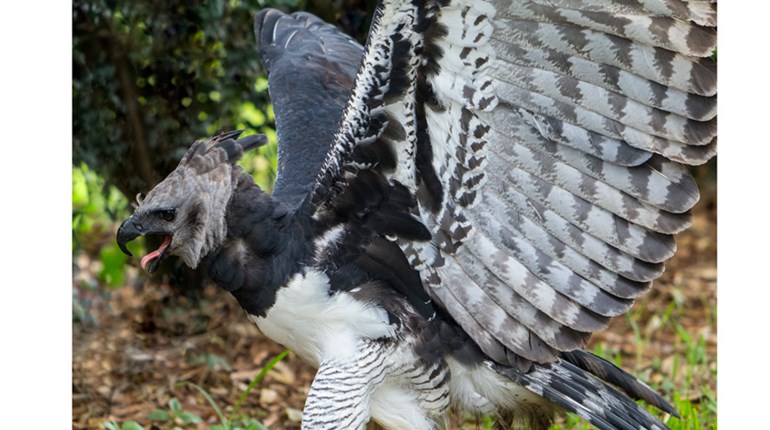
Photo Courtesy of USFWS
Imagine: You are paddling your canoe through the warm water of a Southern lake. Dawn is breaking through the trees, and the temperature is rising steadily. Out of the corner of your eye, you notice something that you’d thought to be a log burst into life, diving with surprising speed into the water. You’ve just had an encounter with an alligator!
From their scaly hide to their vertical pupils to their big humorless grins, it’s not hard to believe that these reptiles are very closely related to dinosaurs. They haven’t changed much at all for over seven million years.
Alligators make their home throughout the American South, from North Carolina in the east, down to Florida, and then west as far as Texas. They prefer freshwater lakes, rivers and wetlands, but can also sometimes be found in brackish water as well. Because people enjoy living in the same kinds of places, there have been some conflicts. Although ‘gators primarily chow down on fish, snakes, amphibians and birds, they are opportunistic predators and have been known to attack pets, livestock and—once in a while—people. About five Floridians are bitten every year.
Alligators can be hunted legally as part of a scientifically designed management program. Depending on local regulations, some people use crossbows or other archery equipment; some use firearms; some even use harpoons and spears. Alligator meat, especially from the tail, is quite tasty.
FAST FACT:
• It’s rare for female alligators to exceed nine feet, but males can get much larger. The Florida record is 14 feet, 3½ inches.
• Like cats, alligators have a layer of cells in their eyes called the tapetum lucidum. This helps them see in the dark, and gives their eyes that telltale red glow.
• Alligators are most active between dusk and dawn, so if you live in the South, you may want to avoid swimming at night in natural bodies of water.







































